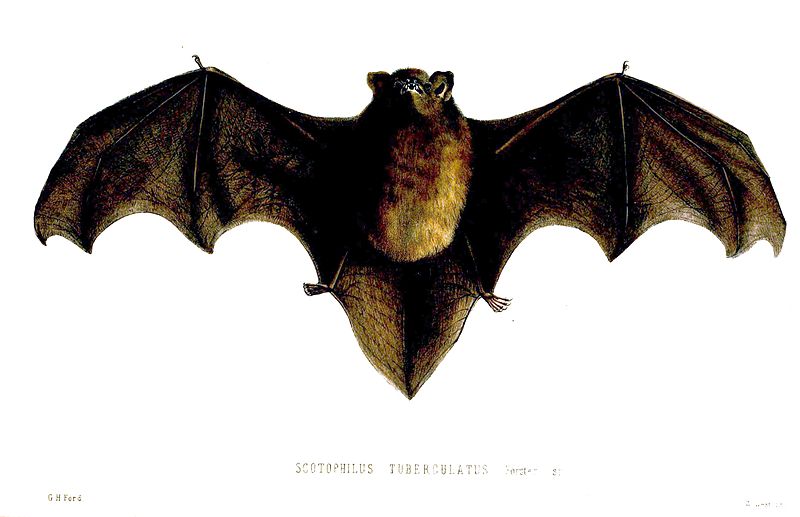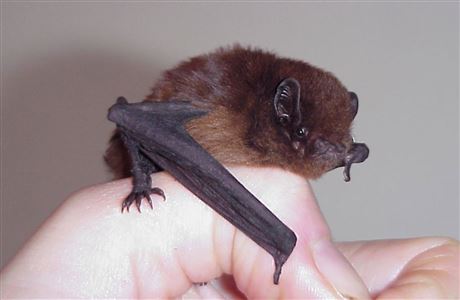Long-tailed bat | pekapeka
Status: Nationally Critical
Populations declined more than 30% between 1998-2008 and continue to decline. While not really regarded as a specialist braided rivers species, because they feed on aquatic insects over water, some of the last strongholds for these rapidly vanishing mammals are around two South Island braided rivers. They are now limited to a small area from Peel Forest in the north, southwards through the foothill gorges of the Orari, Waihi, and Te Moana Rivers, the small town of Geraldine, and the Kakahu and Opihi Rivers. The second area is around the Pelorous River in Marlborough.

Description
The New Zealand long-tailed bat (Chalinolobus tuberculata), also known as the long-tailed wattled bat or pekapeka (Māori), is endemic to New Zealand but closely related to five other species of wattled or lobe-lipped bats in Australia and elsewhere.
The bat’s echolocation calls include a relatively low frequency component that can be heard by some people. It can fly at 60kph and has a very large home range (100 km2). An aerial insectivore, it feeds on small moths, midges, mosquitoes and beetles, primary along native temperate forest edges. About the size of a human thumb, it weights around 8-12gm.
Females give birth to a single pup during the summer and provide sole care for their young, gathering with other females in maternity roosts of up to 120 individuals. These sub-colonies move to new trees almost every day, breaking apart into smaller groups or reforming into larger ones. In some areas, limestone caves are also used but mainly as a night roost between feeding bouts.
Populations declined more than 30% between 1998-2008 and continue to decline. They are now limited to areas in the South Island, in a small area from Peel Forest in the north, southwards through the foothill gorges of the Orari, Waihi, and Te Moana Rivers, Geraldine, and the Kakahu and Opihi Rivers.

Conservation efforts
- Pelorous River
- DOC website
- Talbot Forest Working Group (Geraldine)
More information & research
- Video footage of bats and research (NZ Herald)
- Te Ara (inc. video)
- iNaturalist
- 2000: Winnington, P. Ecology, genetics and taxonomy of Peka peka (Chiroptera: Mystacina tuberculata and Chalinolobus tuberculatus) (PhD thesis, University of Otago)
- See also Ecology/further information and references
